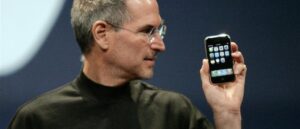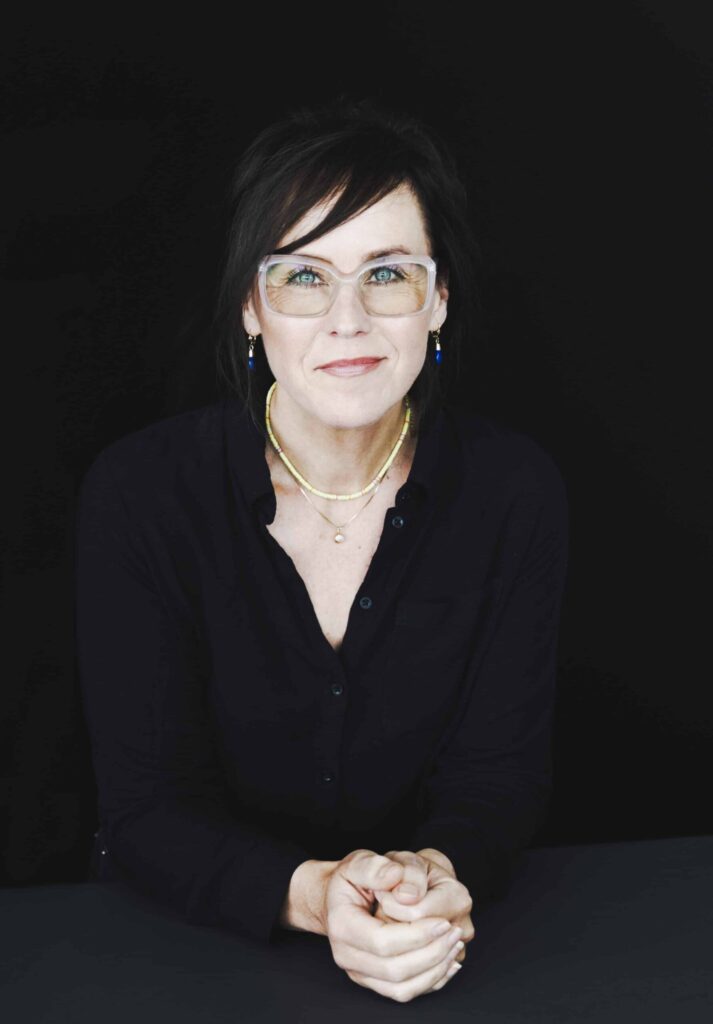Originally published on the World Economic Forum.
Regional Transformation in a New Global Context is the theme of the World Economic Forum on Latin America that is about to start in Puerto Vallarta, Mexico. The meeting takes place in a global context in which many of us strive to understand and embrace the complexity of the world in which we live.
Conventional borders between states, disciplines, organizations, people, man and nature are changing, as are the ways in which we make our voices heard and listen to others. With technological advancements, the acceleration of change has meant that our traditional infrastructures have not been successful enough in channelling these developments into a constructive and creative energy.
Some of the reasons for this lack of flexibility have to do with our historical overemphasis on systems thinking, calculations and qualitative measurements. We seem to have a deep desire to be in total control. We want to measure all that is to come – what people will want to do, buy and support or how they will react – and as a result we leave little room for creativity, imagination, innovation and, what is perhaps most important for this week’s meeting, transformation.
Transformation is a key ingredient in creativity. On a grand scale, it has meant that what was impossible is now possible. It implies uncertainty and venture into the unknown. By the same token, the idea of the unknown is the oxygen of creativity. It is what drives creative minds. We cannot know beforehand what exactly will come out of a creative process. If we knew, we wouldn’t be creative, would we?
Radical creative thinking changes the world. It often presents itself first in imagery, language or irritation because something hasn’t been done, resolved or invented. It is often when the innovator, visionary or artist has taken the decision to quit, once and for all, that the creative process begins to bear fruit, as Jonah Lehrer points out in his new book, Imagine.
As we continue to rethink our traditional models, we need to resist the tendency to let caution be our guide. We cannot afford to be afraid of using new tools and trying out unconventional work processes. We cannot afford to be afraid of the unknown – although fear is among our most innate emotions – because this means, in essence, that we are afraid of the future.
“My art begins where my knowledge ends,” said an artist friend of mine. He said it because he wants to create new contexts, ideas and dialogues. His work is based on trust. It is about trusting that he is on the right track even if people say he is not. It is about trusting that all he has been experiencing, encountering, discovering and feeling is there for a reason. That is the feeling Mandela, Maathai and Jobs had when they decided to trust their vision for the future.
Author: Hrund Gunnsteinsdóttir is Founder of Krád consulting. She was selected as a 2011 Young Global Leader by the World Economic Forum.
Pictured: Apple Computer Inc. Chief Executive Officer Steve Jobs holds the new iPhone in San Francisco, California January 9, 2007. Apple unveiled an eagerly-anticipated iPod mobile phone with a touch-screen on the 9th January 2007. REUTERS/Kimberly White


